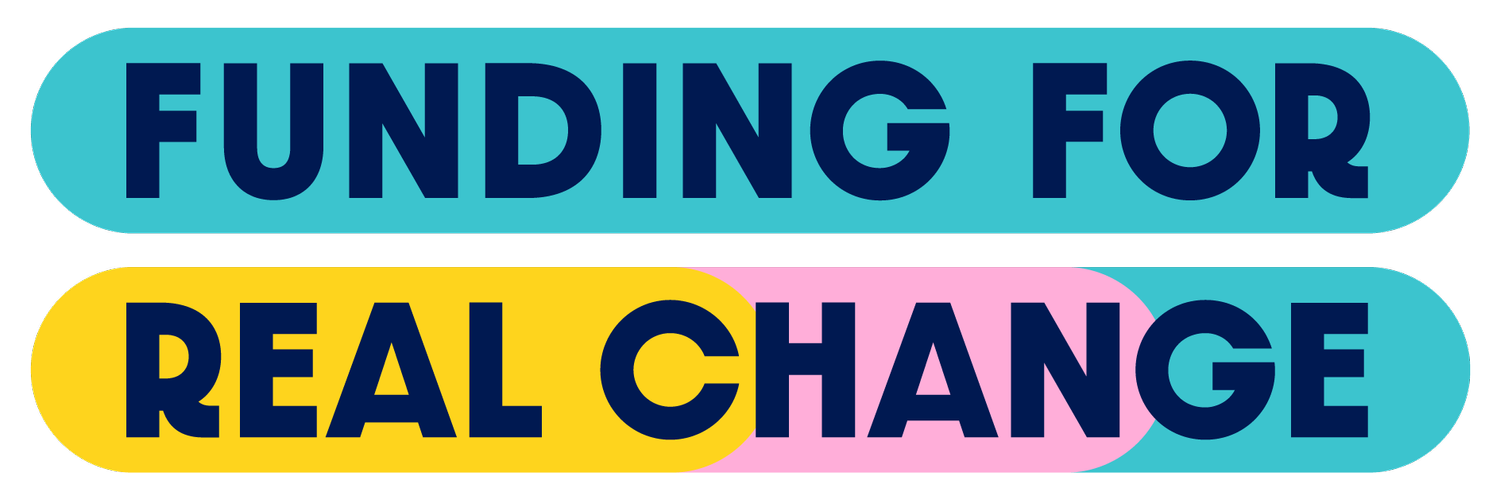
Four Key Recommendations to Increase Indirect Cost Coverage
These key recommendations provide funders with a step-by-step approach they can take to change their own funding practices, invest in their grantees’ capabilities to secure better cost coverage from all their funders, and lead a process of transformation in the funding ecosystem.
-
Funders should commit to consistently covering a full and fair share of all associated administration costs.
1.1. Provide accessible policies, guidance, templates, and training for both their staff and their grantees to ensure full and fair cost coverage.
1.2 Clearly communicate policies and provide guidance to inform grantees of what they are entitled to ask for. Otherwise, the power dynamic will lead them to under-ask.
-
Funders should directly fund grantees to strengthen their financial management, cost recovery and fundraising capabilities, and provide unrestricted funding to build reserves.
2.1 Provide training and coaching on the cost recovery practices needed to secure adequate cost coverage from funders, including developing administration cost budgets and rates, justifying these to funders, and mechanisms to recharge costs incurred.
2.2 Offer grantees negotiation skills training aimed at funders and provide training for funder staff to redress the inevitable power dynamic in negotiation.
2.3 Earmark at least a portion of restricted funding agreements for unrestricted use.
-
Funders should systematically collect data on the extent of adequate cost coverage. This data should be used to drive internal accountability and motivate funders to provide their full and fair share of administration costs in restricted funding agreements.
3.1 Individual funders should regularly collect anonymised data from their grantees on the adequacy of cost coverage provided by their restricted funding agreements to measure progress towards full and fair cost recovery. This also serves to inform training and ongoing management of their programme staff on how to provide full cost recovery when agreeing on grant budgets.
3.2 Funders and funder networks should share data on the adequacy of cost coverage provided to their grantees to encourage and advocate for responsible funding practices.
3.3 Funders should support initiatives, such as IFR4NPO and Money Where it Counts, which seek to strengthen accountability through relevant international financial reporting standards and voluntary protocols.
-
Funders should be transparent about indirect cost calculations.
4.1 A shift towards more equitable funding practices will require greater accountability. Such accountability will require more transparent reporting of how funders approach and calculate indirect and administration costs. When publishing such data, foundations should avoid any suggestion that low indirect rates are an indicator of relative efficiency. This has been previously noted as a key driver of the race-to-the bottom of the low expectations fueling the starvation cycle.
Other recommendations for better project grantmaking in relation to indirect costs
Fund indirect costs at the actual rate provided by the grantee
Increase fixed rate (or create sliding scale) for project-based grants
Add general operating support to project grants
Provide more flexible project support by moving away from direct vs. indirect budgeting all together
Things to consider
Increasing indirect cost rates might require one (or more) of the following adjustments, which could have an impact for your grantee partners:
Reduce the programmatic/direct portion of the grant amount to accommodate increased indirect cost reimbursement on individual grants
Reduce the number of grants to accommodate increased indirect cost reimbursements on remaining grants
Increase grant-making budgets to accommodate increased indirect cost reimbursements
Speak with your partners about your efforts to increase indirect support and try to find the best solution that works for both of you. To help with your communication with grantee partners, download this Indirect Cost Rate template that divides up costs that are direct, indirect and shared.
Understand division of costs through this Indirect Cost Rate Guide and share this template with partners.
Resources to delve deeper
Learn more about additional recommendation and things to consider here.
Understand definitions and division of costs through this Indirect Cost Rate Guide developed by BDO FMA.
Read this report “Breaking the Starvation Cycle: How International Funders can Stop Trapping their Grantees in the Starvation Cycle and Start Building their Resilience” by Humentum.
Learn more about Humentum’s “Breaking the Starvation Cycle” Report
Do you know the extent to which funding covers the real administration costs of NGOs?
